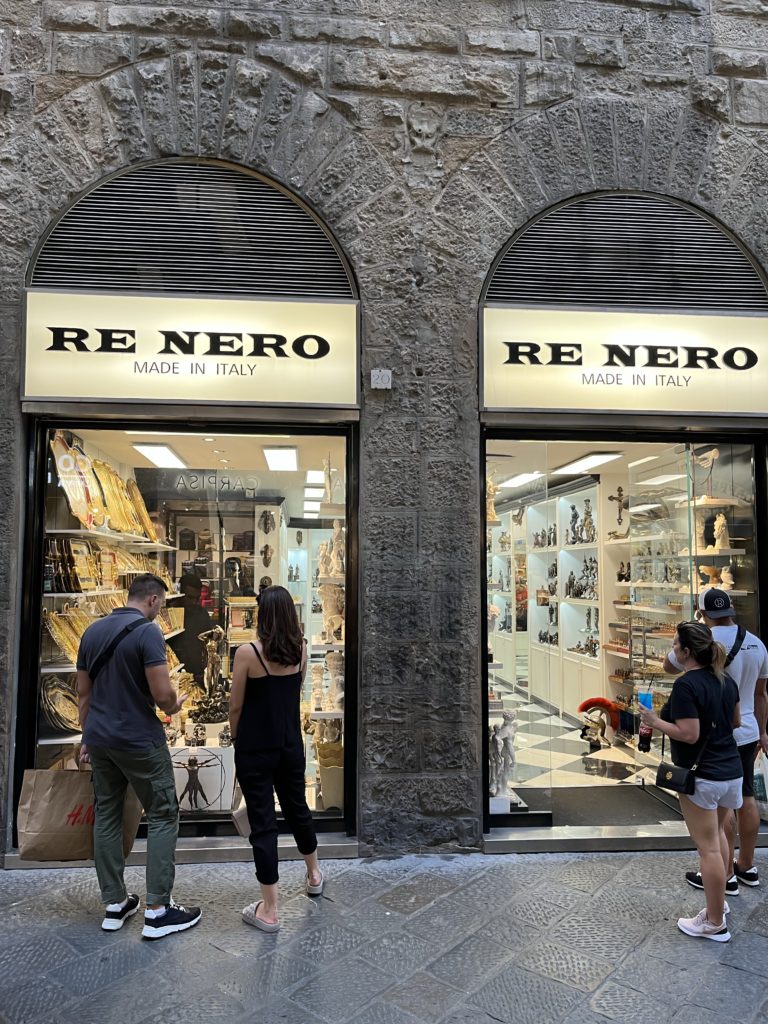England Travel Journal – Day 3
C.S. Lewis spent 29 years in Oxford, and although we had visited Oxford before, we had not fully explored the
C.S. Lewis spent 29 years in Oxford, and although we had visited Oxford before, we had not fully explored the
We started our first day in England at Windsor Castle, which, none of us knew until we got there, was
Day 1 is always a travel day on GSB study tours. I usually focus on all the inconveniences of travel
If you have never journeyed vicariously with the GSB Team on a study tour, I encourage you to do so,
If you are GSB regular, you know that in anticipation of GSB Travel Journals I publish a reading list. Keeping
So, today for the first time in history, man intentionally hit an astroid with a projectile and altered its course.
As we have slipped back into our lives at home, I’ve thought through what we read, saw, and learned related

Early Christian, Medieval Travel Journal-Day 14: We packed our bags for the last time this morning, and it was nice
Today was a travel day. We packed up and checked out of our rooms at the Ville San Michele and
The day started sadly for Ann, who suffered a tragic loss, when her beloved No. 6 ranked, Texas A&M Aggies
Our first stop of the day was the Palace of Theodoric, 50 feet from the front door of our hotel.
Today, we rented a car in Florence and drove to Ravenna. As we left Florence, I realized how much this
The GSB team has clearly splintered. As I planned my day for mining the Christian history from the city of
So, I had a very funny blog post about ready to go, but the GSB editorial division reviewed it and
Today was our Savonarola day. Girolamo Savonarola (1452 – 1498 A.D.) was a Dominican monk who preached Truth in Florence
We only had half a day in Rome today before leaving for Florence, so I booked a private tour of
Today was a free day. Even on these study tours we have free days so each can go their separate
At 9:15 a.m. we were back at the entrance to the Domus Aurea, and this time there was a tour
Everything I’m about to tell you about what happened to us today is true. It’s not “based on a true
The Battle of the Milvian Bridge is a turning point in history, ranking up there with the Exodus, the Reformation,
Signup our newsletter to get update information, promotions and insight.